Since 1990, November has been recognized across the United States as Native American Heritage Month.
In Pennsylvania, the story of the Native American peoples who lived in what is now the commonwealth is largely told through archaeology and the sites and artifacts that are uncovered across the landscape.
This story, which is still unfolding, is complex, rich, and varied and I can’t begin to do it justice in just one blog post. What I can do, however, is provide you with a snapshot of what archaeology tells us about Native American history in Pennsylvania and hopefully inspire you to learn more.
Continue reading

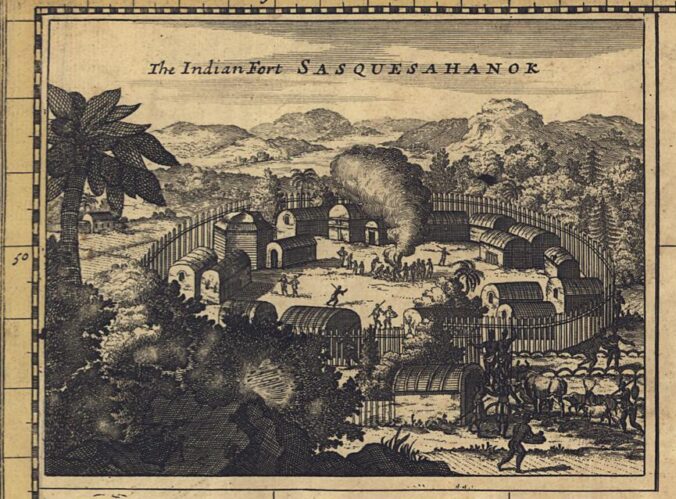

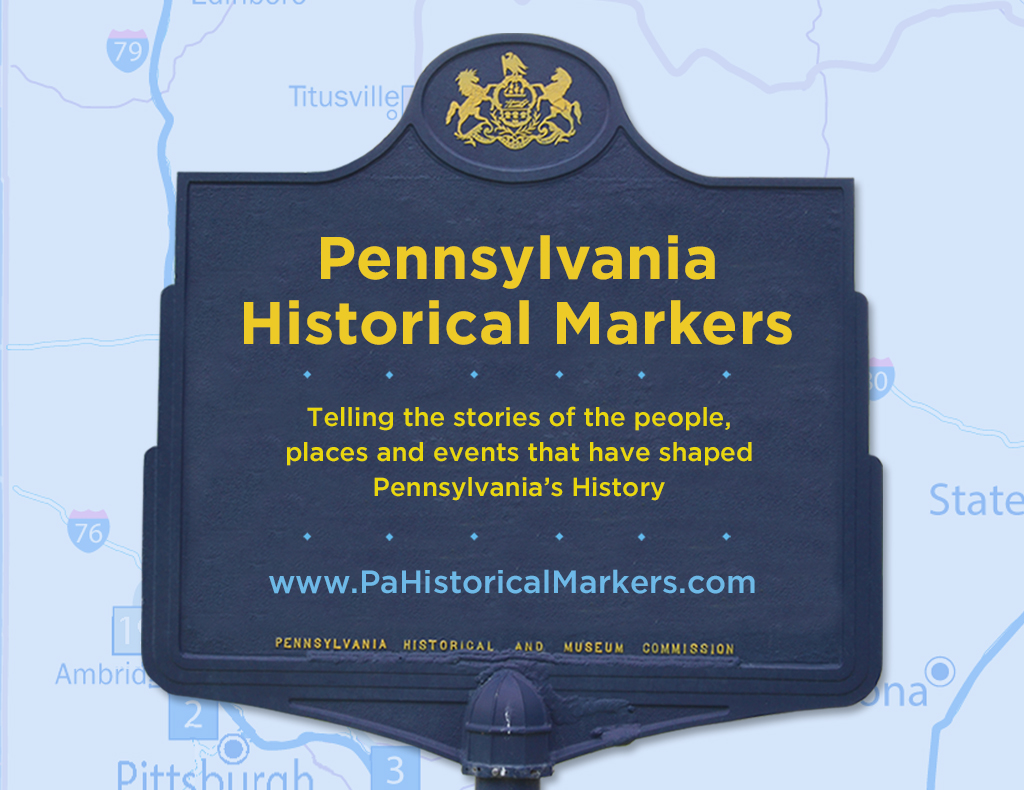
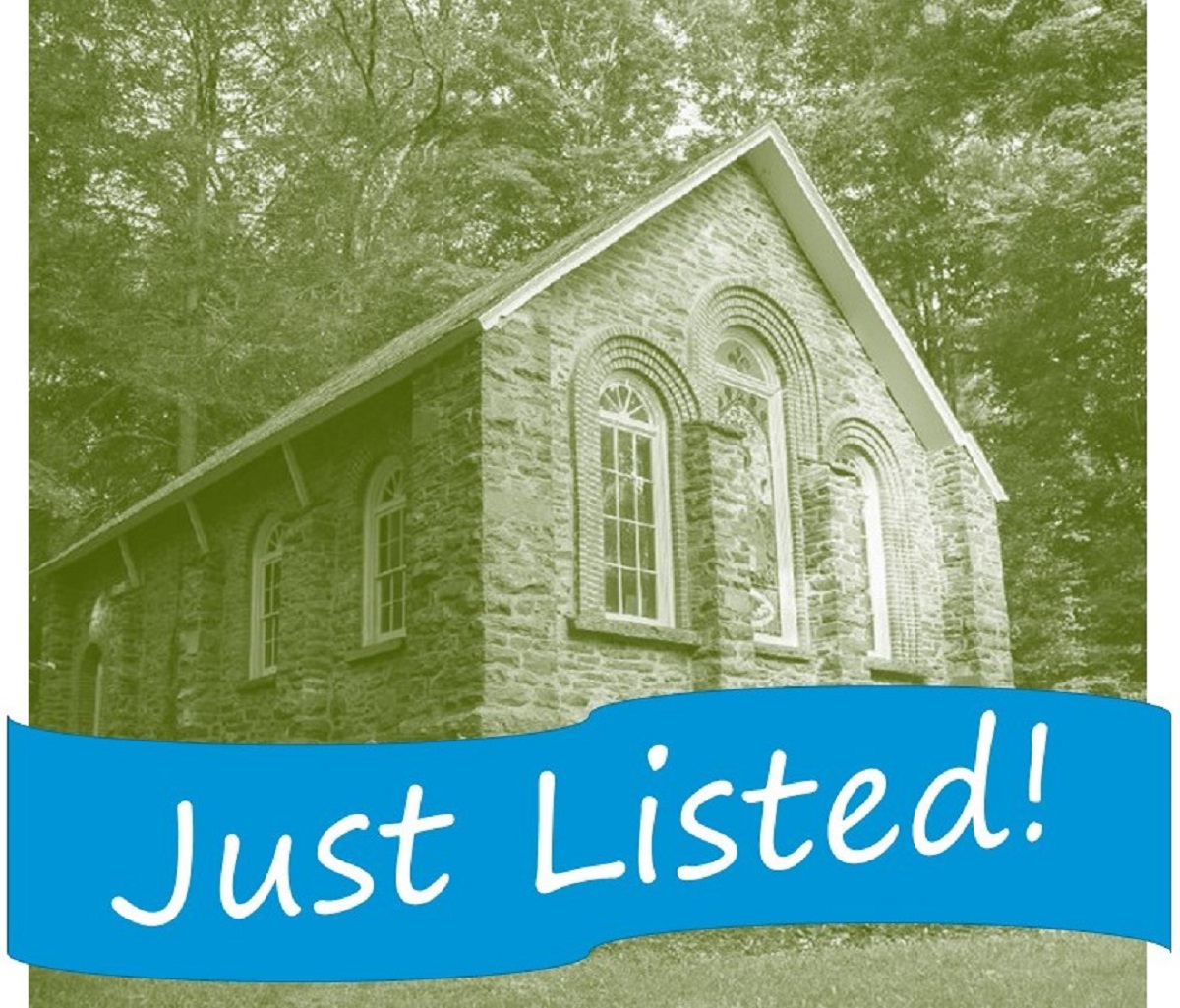


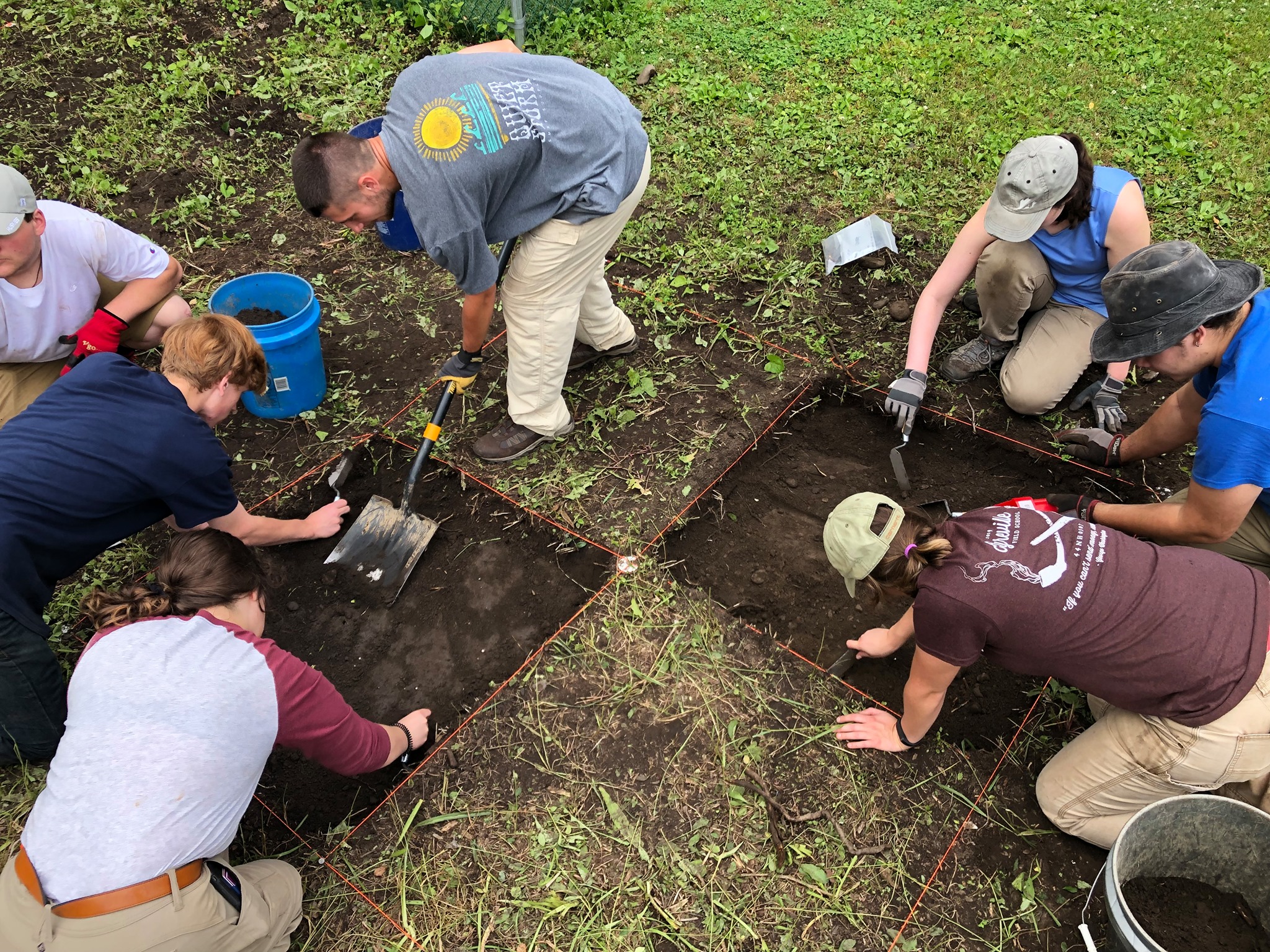

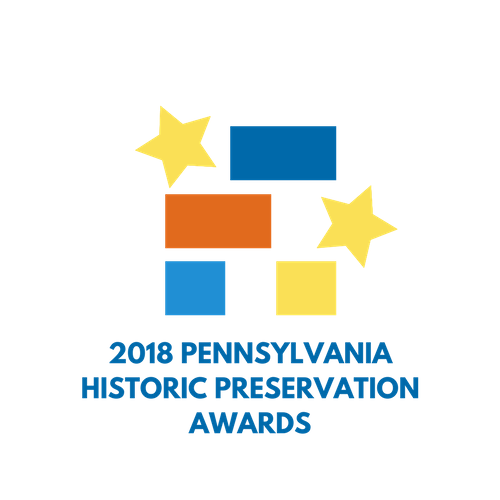
Recent Comments